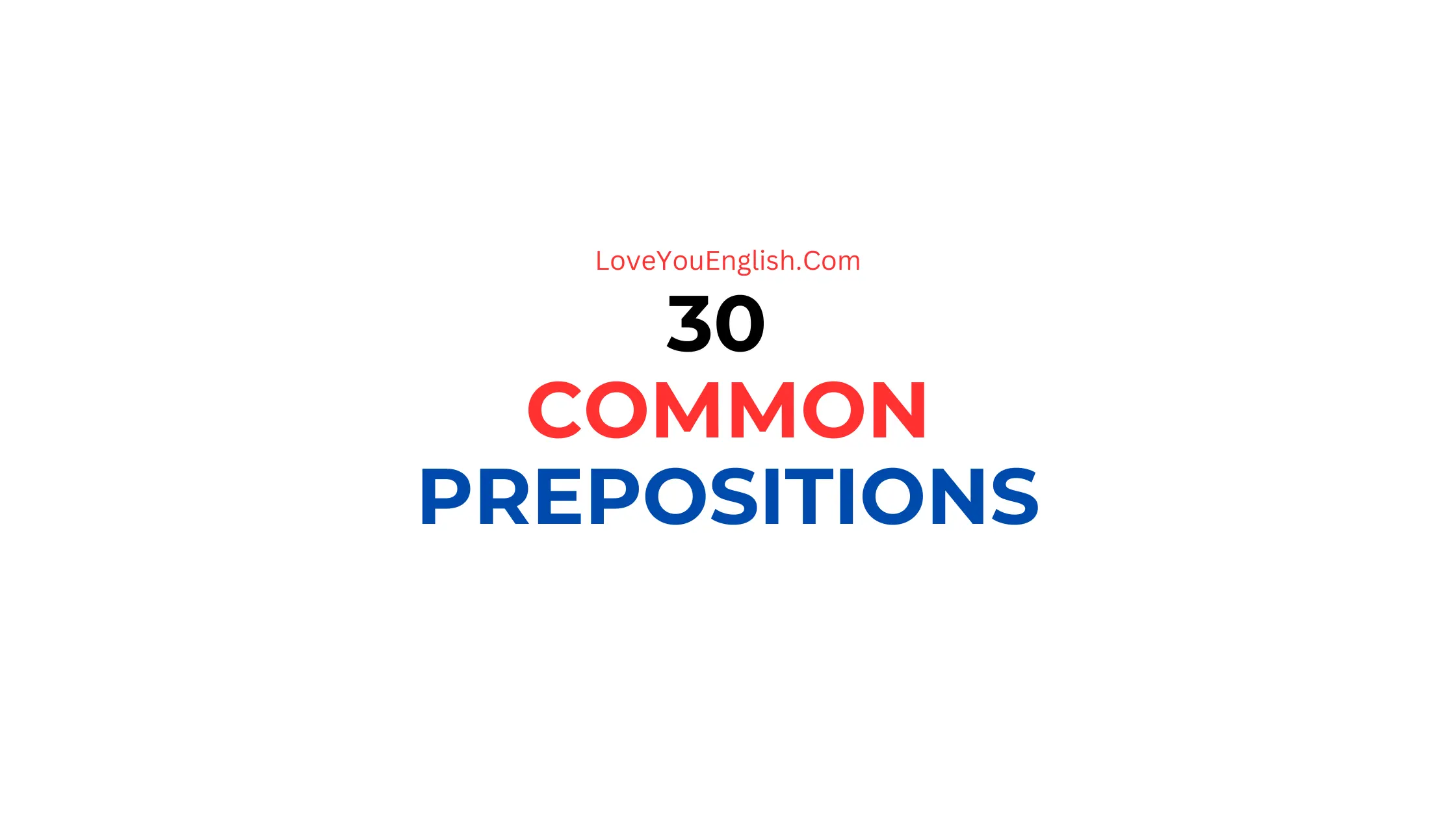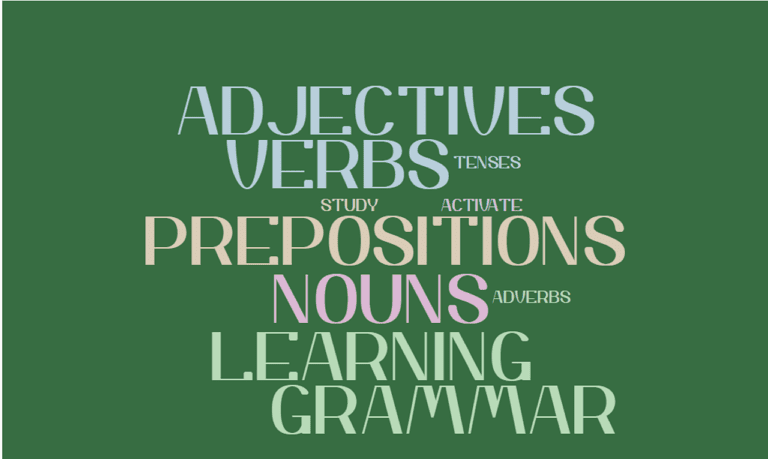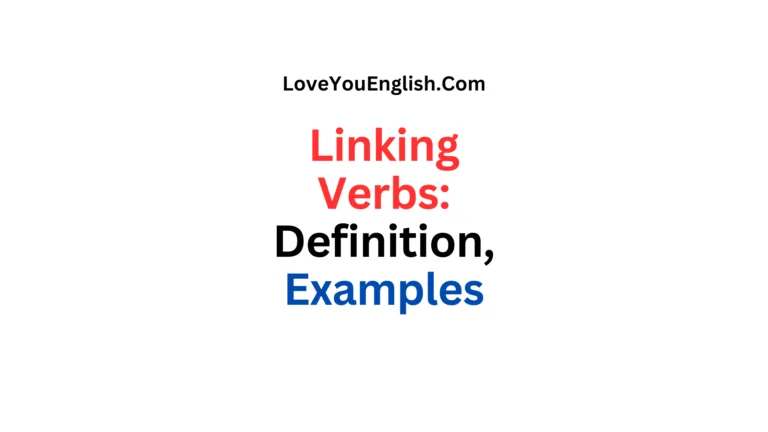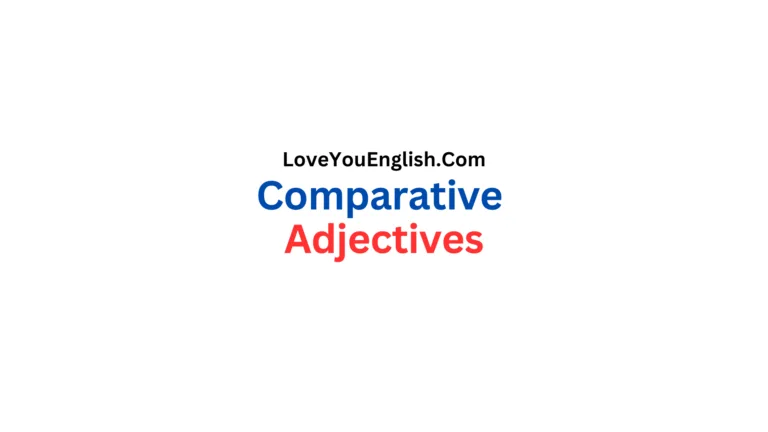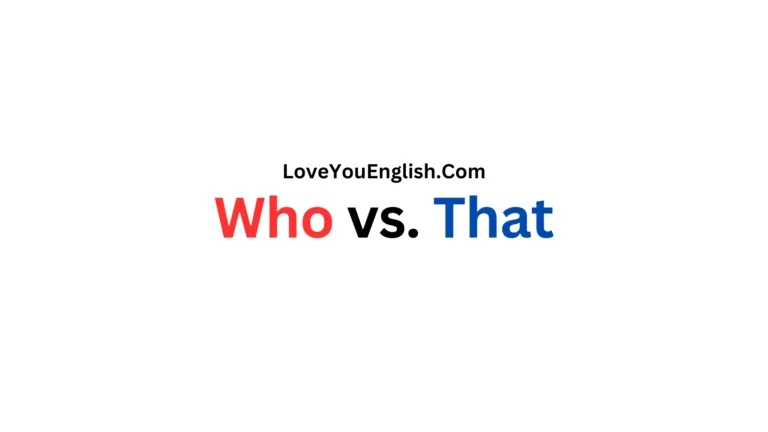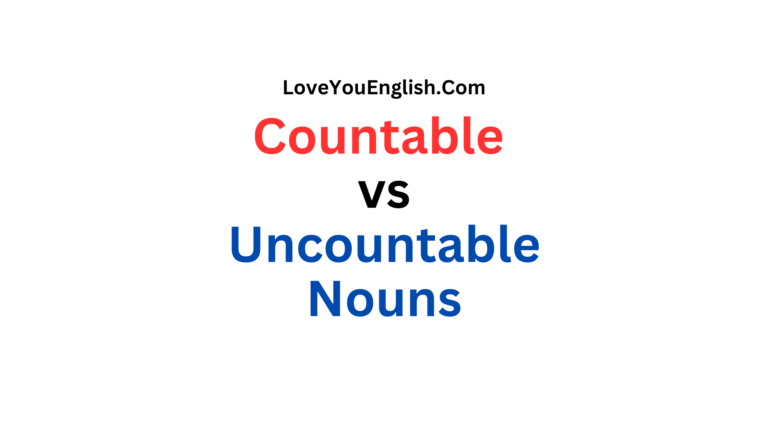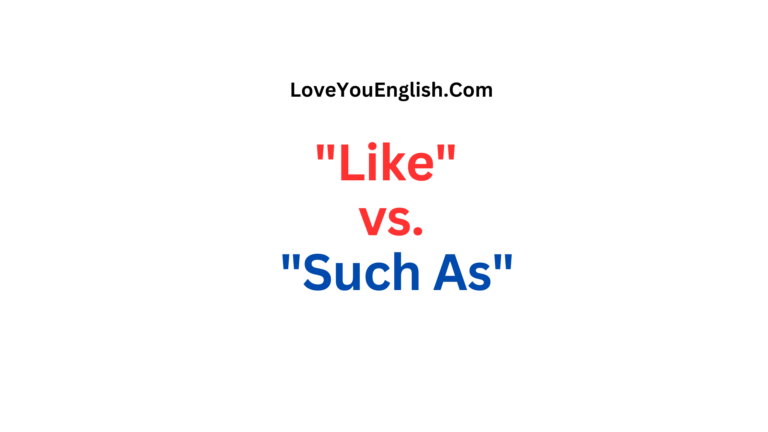30 Common Prepositions in English Explained Simply
Hello everyone,
Prepositions are little words that help show how things or people relate to other things or people.
They tell you where something is, when something happened, or give extra details.
Using the right prepositions can be tricky, so this post will explain 30 of the most common ones simply.
At
“At” shows location or position.
For example:
On
“On” also shows location, but often on a surface.
For instance:
In
“In” indicates something is inside or within something else:
To
“To” expresses movement towards something:
From
The opposite of “to”, “from” shows movement away:
- I came from work.
- This letter is from my aunt.
With
“With” indicates accompaniment or possession:
- I went with my friend.
- The pencil with no eraser.
By
“By” can show how something is done, who did it, or location:
- I travel by car.
- The book was written by Shakespeare.
- My house is by the park.
About
“About” relates to a topic or approximate value:
- We talked about the weather.
- It costs about $10.
For
“For” expresses purpose, direction, duration, or support:
- I bought flowers for my mom.
- We’re leaving for Hawaii tomorrow.
- I’ll wait for an hour.
- Who are you voting for?
Of
“Of” shows connection, origin, or quantity:
- A bunch of grapes.
- He’s a friend of mine.
- The city of Paris.
Over
“Over” indicates across, above, or too much:
- The plane flew over the city.
- Hang the painting over the fireplace.
- I’m over the limit.
Under
The opposite of “over”, “under” means below or too little:
- The cat is under the bed.
- I’m under a lot of stress.
Before
“Before” refers to an earlier time or position:
- I’ll finish before lunch.
- My name comes before hers alphabetically.
After
“After” is the opposite, indicating a later time or position:
- We’ll go after dinner.
- Put D after C in the alphabet.
Since
“Since” expresses a starting time or because:
- I’ve worked here since 2010.
- I’m tired since I didn’t sleep well.
Until/Till
“Until” and “till” show continuation up to a certain time:
- I’ll wait until you arrive.
- Stay here till I get back.
During
“During” means at some point within a period of time:
- I’ll call you during my break.
- It rained during the night.
Without
“Without” indicates lack or absence:
- You can’t go without a coat!
- I made dinner without any help.
Between
“Between” refers to in the middle of two things:
- My house is between the park and library.
- Let’s meet between 3 and 4 pm.
Among
Similar to “between” but for more than two:
- Divide the candy among the kids.
- He’s the tallest among his friends.
Against
“Against” expresses opposition, impact, or supported by:
- I’m against this idea.
- He leaned against the wall.
Toward(s)
“Toward(s)” shows movement in the direction of something:
- Walk towards the exit.
- Her attitude towards me changed.
Across
“Across” means from one side to the other:
- We walked across the bridge.
- The school is across the street.
Behind
The opposite of “in front”, “behind” means at the back:
- Don’t hide behind the curtain!
- Who’s that behind you?
Beside
“Beside” indicates by the side or next to:
- Sit beside me on the sofa.
- My keys aren’t beside the bed.
Below
The opposite of “above”, “below” refers to lower down:
- The basement is below ground level.
- Her grade was below average.
Beneath
Similar to “below” but more descriptive:
- Let’s picnic beneath the tree.
- I found it beneath the sofa cushions.
Beyond
“Beyond” expresses on the further side or too much:
- What’s beyond that hill?
- This is beyond my skills.
Onto
“Onto” shows movement to a position on top of something:
- The cat jumped onto the table.
- Don’t step onto the wet floor.
Throughout
“throughout” means in every part of:
- Music played throughout the night.
- The same style is used throughout the house.
Mastering prepositions takes practice. So, keep practicing and learning.
Pay attention to how they indicate movement, location, time and relationships between things.
With repetition, using them correctly will become second nature.

